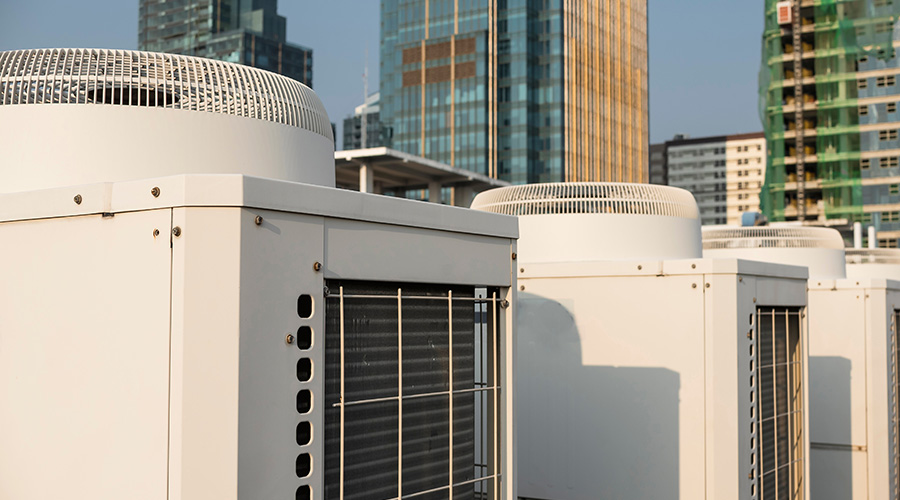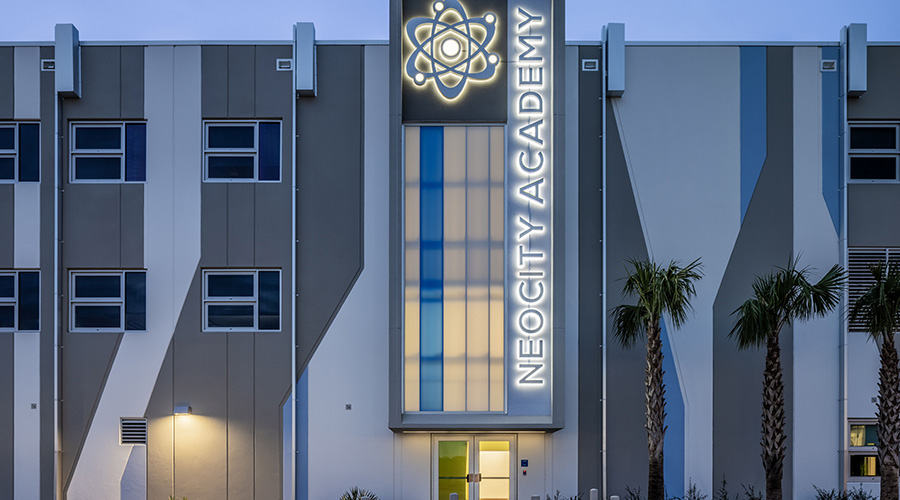Developing a Sustainability Plan in Multi-Tenant Buildings Has Several Potential Challenges
Coming up with a sustainability plan for any facility has several potential areas that can keep it from getting off the ground, and those areas become more complicated when multiple tenants are involved, says Gary Holtzer, global sustainability officer, Hines. In addition to satisfying current tenant requests, multi-tenant facilities need to keep one eye on potential occupancy changes down the road.
The plan will need to require clear expectations and procedures for sustainability, as well as justification for the planned objectives. All of these help defend it from possible challenges from different angles such as questions about costs or time involved. Many of those challenges come from inside the organization, even before tenants get involved. Getting approval from upper management is key, and the odds of that happening when you can't answer the question of "Why should we spend this money?" are slim. A detailed explanation of the costs, benefits and ROI helps make it easier for upper management to offer its support, which is what makes a plan a program. Once tenants become involved, being able to quickly show that the facility has a sustainability program and offer details on what it means for them is a selling point, as well.
"Increasingly, sustainability is important to tenants and their businesses," says Holtzer. "As such, tenants want to occupy buildings that support and complement their own business standards and objectives."
So how do you develop a sustainability plan? First, as Bergman points out, you have to define what will and will not be in the plan. It often makes sense to start with the low-hanging fruit of lighting or HVAC operational energy savings as the basis for the initial plan, then add to it in steps as successes begin to become clear. For example, if you can swap out T12s for T8s and knock 30 percent off your annual electricity bill for lighting, it becomes easier to sell the idea of an initial investment for a recycling plan. Positive results in areas where paybacks are easily defined help justify programs that aren't so easily quantified. For example, says Skodowski, water is an area that is a little harder to put a number on, so it might be better pursued as a "Stage 2" piece of the plan.
"We talk about water savings, but we don't talk about the energy savings as a result of water savings," he says. "What's it take to pump it there, to get it back and then treat it? There's a huge energy footprint that goes along with that, and we don't talk about that. When you talk about straight-line energy — such as light bulbs and energy reduction — there's a payback to that. When you move into water, it's not as easy."
After defining what goes into the plan, then you can start working on selling it to tenants. That doesn't just mean showing them the benefits; it also means explaining what their role will be. Be sure to also make clear to them that your plan is a floor, not a ceiling. If a tenant wants to go above and beyond what the building's plan calls for, encourage them to do so, says Susan Hammer, property manager, Prime Group Realty Trust.
"If it is practical and makes sense, we will accommodate that," she says. "One tenant wanted to install dual-flush toilets, which is not our building standard, but we allowed them to do that to make their office more sustainable. There are limitations that a building has cost-wise of what they'll do, but we will help tenants who want to do more, as long as it doesn't compromise our systems."
One advantage that property managers have now is that tenants are rapidly catching up to sustainability efforts. In addition to companies embracing sustainability as a good business practice, the generation currently entering the workforce considers it to be a priority. New employees are telling employers "'I need to have a place to store my bike, I want to make sure that you're recycling, I want to make sure you're not wasting resources, and I want to work for a company that embraces those things,'" says Hammer.
One final thing to keep in mind about your sustainability plan: It can't cover everything, so it needs to be flexible enough to adapt to unexpected developments.
Related Topics:














